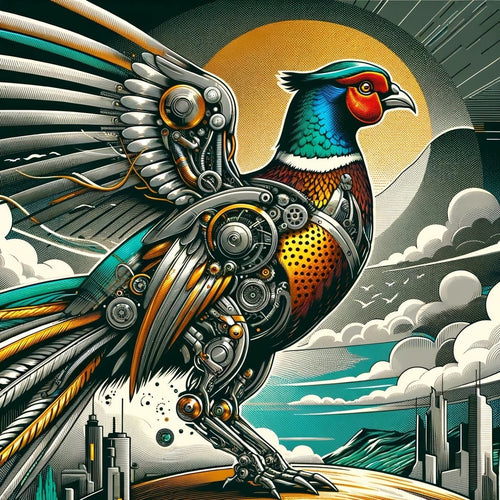How The World's Best
Knife Will Be Made
You're probably wondering...
"Why am I four sections deep into this journey with Magnus and he's still giving me all this "fluff talk"? ...I just want to get to the knife!".
I absolutely get it. But I'm taking my time to go into all these detail for two reasons:
Firstly, I feel it's better for YOU if I show every decision I make ...and give you the reasoning behind it.
Secondly (and selfishly), it helps me to solidify -- but sometimes question -- my own choices for this knife by getting my reasoning down in writing.
Let's continue...
In the last section we covered the various design decisions.
In this section -- luckily it's not too long -- we're going to take a step back and cover a range of "bigger picture" decisions. Even though this might sound dull (and, hey, it probably is) you probably don't want to skip this section because it will arm you with an understanding of why I do things in certain ways during the rest of this entire journey.
As we get into subsequent sections there will still be plenty of explaining - but these will generally be more specific.
Minimize "Skilled Labour"
There doesn't seem much point in making the world's best knife if only a handful of people can get access to it.
I appreciate there are incredible knifemakers out there who are a master of their craft - but their numbers are limited (and, typically, the price reflects this).
The world's best knife must be accessible in terms of availability and price.
Don't get me wrong...
I'm not going to be cutting corners and mass-producing this knife at scale. I don't believe it is possible to make the world's best knife in this way - because, as we discussed in a previous section, there really cannot be any compromises.
Designing and making the world's best knife is really about designing and implementing the world's best knifemaking process. This process must be as reliable and repeatable as possible (and human "skill" does not align with this to my mind).
Make (Almost) Everything In-House
There are a couple of reasons, in my personal experience, why making it's best to make as much as possible in-house:
-- There are already enough variables in making a knife fully in-house (buying in parts adds even more variability ...especially when it it comes to tolerances). The less variables the better.
-- The making of the knife will not be static. Constant improvement will always be happening (you could almost say it is a never-ending process). Making everything in-house allows these improvements to be tried, tested and implemented fairly quickly.
Another reason for making the knife fully in-house is because I want to. I prefer having control over the entire process. It becomes tiresome having to "train" others into understanding the level if quality and attention-to-detail required (and trying to get across to them that getting the price as low as possible is not the #1 thing).
CNC Machining
CNC machining is the common thread that runs through every part of the knife.
Every part of the knife is metal (apart from, perhaps, the ceramic-coated bearing/detent balls). Each of these parts have been designed in-house from the ground-up and need to be made. CNC machines are THE way to do this.
The scales, blade, pocket-clip etc. will be made on a CNC milling machine.
The screws, pivot, etc. will be made on a CNC lathe.
The
The
<<< Previous Section -- Making "The World's Best Knife" <<<
>>> Next Section -- [] >>>
